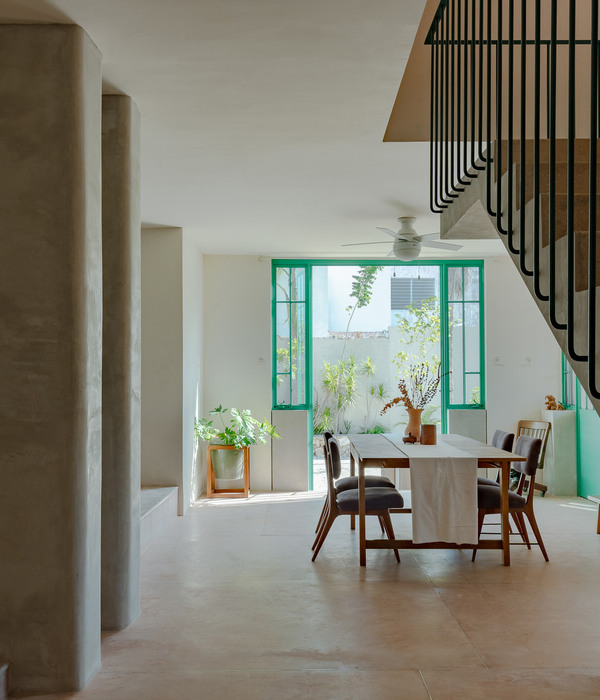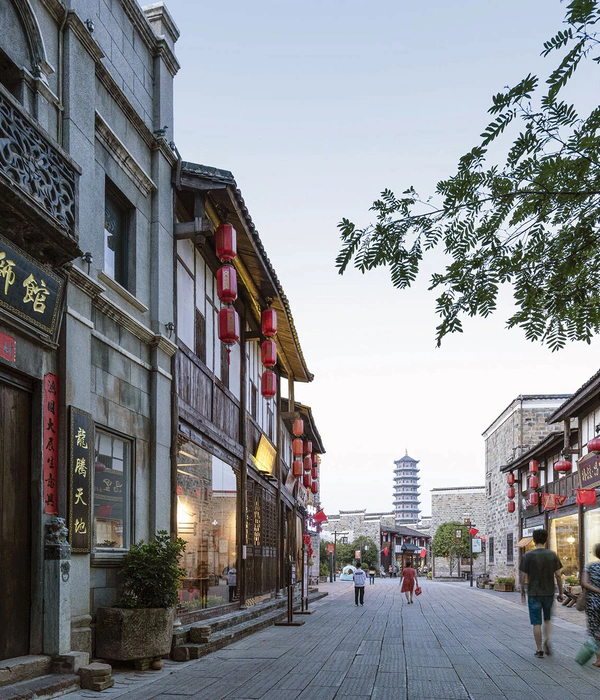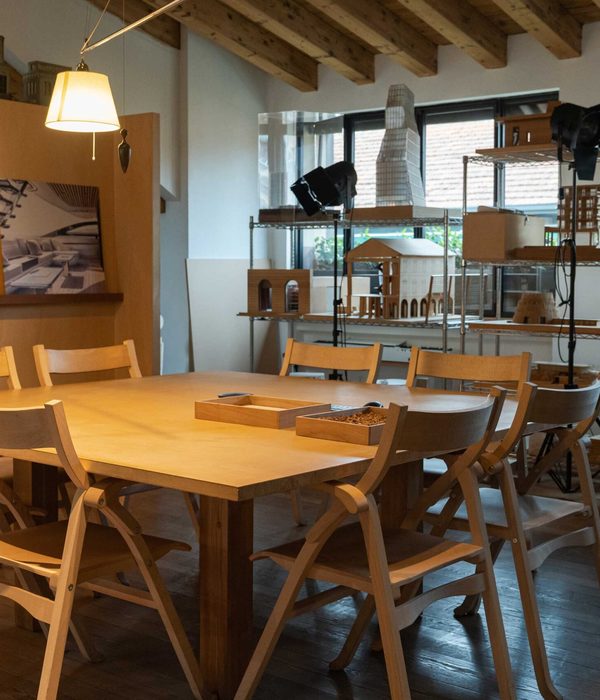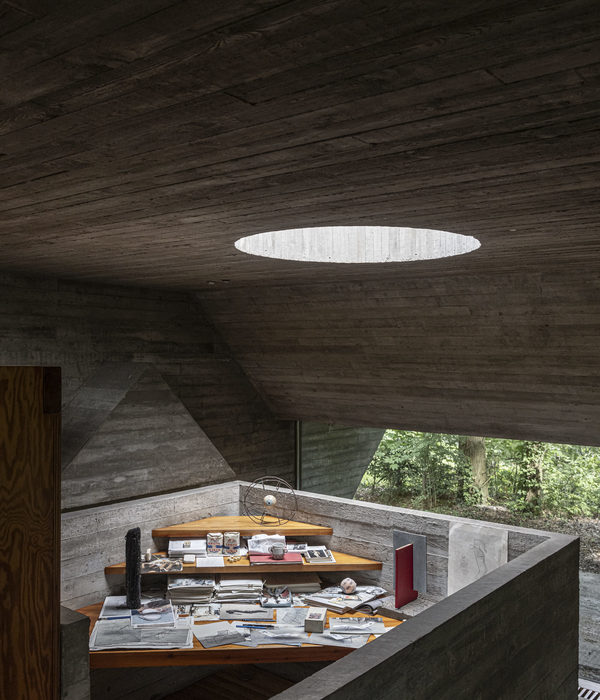▼鸟瞰图,项目中包含14个社会保障住宅,aerial view: a prototype building of 14 public social dwellings
▼临街立面,street facade
▼立面上安装了缆绳,可供落叶植物生长攀援,cables have been arranged on the façades to facilitate the growth of deciduous climbing plants
▼庭院,courtyard
在该项目中,传统建筑不再只是某种形式,而是被视作一种工作的方法和手段。项目团队希望在当地找到可利用的资源:杜松树需要保护,而采石场已经变得贫瘠。因此,只有来自海洋的Posidonia(波喜荡草)可以利用。“比起1500公里以外的化工厂,我们更愿意将资金用在当地的劳动力上:将波喜荡草摊在阳光下晒干,然后用手压实。海盐充当了天然的杀菌剂,并且对环境完全无害。” 将海草用作隔热材料的做法有助于让我们意识到,我们并非生活在一栋房子里,而是生活在一个生态系统之中。
Traditional architecture has been a constant reference, not for its forms, but as a way of working. By doing so, we look for the available local resources: the junipers are now fortunately protected. The sandstone quarries (marès) have been depleted. Therefore, we only have what arrives by sea: Posidonia. So we propose a shift in approach which has been applied to every single part of the building: “Instead of investing in a chemical plant located 1,500 km away, we could invest the same amount in local labor, who should lay out the Posidonia to dry under the sun and compact it by hand. Sea salt acts as natural biocide and is completely environmentally friendly.” The use of dry Posidonia as thermal insulation reminds us that we do not live in a house but an ecosystem.
▼晒干后的Posidonia(波喜荡草)被用作隔热材料,dry Posidonia is used as thermal insulation
▼铺设波喜荡草隔热层的过程,the process of insulation laying
1.论证:花费比社会住房协会(IBAVI)开发的一般社会保障住宅高出5%的成本来实施这一项目是合理且可行的。 2.减少: -施工过程中63%的二氧化碳排放量。(实际减少了775,354.6 kg/CO2) -使用周期中75%的能源消耗量。(建筑几乎达到了零能耗的标准,能耗量为2.8Kg CO2/m2 ,最大能耗量为15 kWh/m²/年 ,即17,226.30 kWh/年,现场测量的平均热舒适度为冬季21℃,夏季26ºC。) -60%的用水量。(每人每日耗水量在88升以内,以租户的账单为参考) -50%的施工垃圾制造量。(一般数值为70.36吨,实际量为33.38吨)
▼气温分析图,temperature diagram
1. To demonstrate: The viability of constructing the prototype with an additional cost of 5% over the usual price of the IBAVI social housing buildings. 2. To reduce: – 63% of CO2 emissions during the construction of the building. 775,354.6 kg/CO2 have been avoided. Calculation performed through the TCQ program of ITEC. – 75% of useful energy during the lifetime of the building. Nearly Zero Energy Building (nZEB), with emissions of 2.8Kg CO2/m2 and maximum consumption: 15 kWh/m²/year (17,226.30 kWh/year). The average thermal comfort measured in situ is 21ºC in winter and 26ºC in summer. – 60% water consumption. Maximum limit 88 l/person and day. Average consumption based on the tenants’ bills. – 50% waste production during the construction phase Statistical production 70.36t. Actual production 33.38t.
▼居住舒适度监测,monitoring
所有的材料均是基于市场研究而挑选出来的,主要考量了它们的能源总量和运送到福门特拉岛所需要的成本。项目团队选择了当地生产的原材料,并将环境友好型的手工业生产商作为方案的测试主体。这些生产商往往是一些没有环境标识的小型家族企业,但是团队可以很方便地亲自进行监测。通过将本地材料和经过环保认证的进口材料组合使用,施工期间的二氧化碳排放量减少了60%以上。使用的例子包括:带有无钢筋石灰底座的承重墙、层压木板、白色石灰墙面、砂岩蓄水池、手工釉面砖以及在砂浆窑内烧制的砖材等等。
All the materials have been selected through a market study based on their incorporated energy and the transport cost to Formentera. We tested solutions based on the recovery of eco-friendly local artisan industries with raw materials of km 0, which are in danger of extinction. Usually these are small family companies that do not have eco-labels, but they can easily be inspected in person. The combined use of these available local materials with those imported that do have environmental labels is a replicable model that makes it possible to reduce more than 60% of CO2 emissions during the works. For instance, load-bearing walls with non-reinforced lime foundations, laminated wood slabs, white lime plaster on facades, sandstone cistern vaults, handmade glazed tiles, bricks baked in biomass mortar kilns, etc.
▼建筑融合了本地材料和经过环保认证的进口材料,available local materials are combined with those imported that do have environmental labels
屋顶的隔热层由晒干的波喜荡草压制而成,密度为185 kg/m³,导热系数为0.044 W/mK,厚度为16厘米。墙体由YTONG轻质混凝土构成,厚度为25厘米,表面传热系数为0.36 W/㎡ºC。其中北墙较为特殊,厚度为30厘米,表面传热系数为0.32 W/㎡ºC。所有的窗户均采用低辐射玻璃,表面传热系数为1.1 W/㎡ºC。所有的室内木工和首层的百叶窗均是由回收的二手木门和马略卡岛Deixalles废物处理厂生产的木材制成。
The roof insulation is made of dry Posidonia compacted at 185 kg/m³ with λ: 0.044 W/mK, and it has a thickness of 16 cm. The walls are made of YTONG 25 cm thick and U: 0.36 W/m2ºC, except the north wall, which are 30 cm and U: 0.32 W/㎡ºC. All windows are low emissive U: 1.1 W/㎡ºC. All indoor carpentry and the shutters on the ground floor were made of reused second hand doors and wood from ‘Deixalles’ waste-management plant in Mallorca.
▼室内概览,interior view
▼所有的室内木工均是由回收材料制成,all indoor carpentry were made of reused second hand doors and wood
▼所有的窗户均采用低辐射玻璃,all windows are low emissive
▼隔热材料细部,thermal insulation detailed view
两个临街立面朝向盛行风的方向(北和东),在夏季起到降温的作用,同时将项目分为两个独立的体块。每间住宅均是双向开窗。客厅/餐厅和厨房呈Z字形布置,卧室则位于转角处,使内部空间获得交叉通风。
The two street facades facing main sea breezes (North & East) to cool in summer allow dividing the volume into two separate blocks. All the dwellings face two directions and cross ventilation thanks to the layout of the living/dining room and kitchen in a Z shape and a bedroom at each corner.
▼二层平面图,Z字形布局带来交叉通风,first floor plan: the Z shape layout brings cross ventilation
夏天,房屋可借助海风来实现被动式的降温。所有窗户都具备防晒的功能。立面上安装了缆绳,可供落叶植物生长攀援。冬天,被动式的气候控制依赖于生物质锅炉提供的散热(90 kW),每间住宅都配有能够显示能源消耗量的换热器。
In summer, cooling is solved passively by taking advantage of sea breezes. All windows that receive solar radiation have sun protection. Cables have been arranged on the façades to facilitate the growth of deciduous climbing plants. In winter, passive climate control relies on low-temperature radiators fed by a 90 kW centralized biomass boiler that also produces the ACS. Each dwelling has exchangers that provide individual consumption readings.
▼每间住宅均是双向开窗,all the dwellings face two directions
住宅的入口均与街道相连,旨在将公共区域发展为活跃的集会和交流空间。空间的形式和布局在发挥天然材料优势的同时,也充分利用了其脆弱的特质,使这种局限性得以转变为新的设计契机。
The entrance to all homes is directly on to the street, in order to promote the public space as place for meeting. The organization of spaces and formal decisions have been the result of knowing the advantages and limitations of natural materials, which are more fragile. This fragility has become a design opportunity.
▼沿街道排布的入口,the entrances arranged along the street
▼立面细部,facade detailed view
▼场地平面图,site plan
▼首层平面图,ground floor plan
▼住宅单元首层平面图,ground floor unit plan
▼横剖面图,cross section
▼屋顶结构轴测图,roof construction axon
Life Reusing Posidonia/ 14 VPO Sant Ferran, Formentera Situation:C/Sant Jaume 14, Sant Ferran, Formentera,Islas Baleares, España Authors:Carles Oliver Barceló, Antonio Martín Procopio, Joaquín Moyá Costa, Alfonso Reina Ferragut, Maria Antònia Garcías Roig. Architects at the Balearic Social Housing Institute (IBAVI) Life Project manager:Carles Oliver Life Project manager 2012-2015:Sandra Villamarín Collaborators:Mª del Mar Amengual, Nus, Miquel Ramon Surveyors:Alberto Rubido, Xim Torrebella (works economic management),José Luís Velilla Lon (execution management) Installations:Miquel R. Oliver, Esteve Font (EEI) Structure:Miguel R. Nevado CO2 calcullation:Carles Oliver, Alberto Rubido, Mª Antònia,Simó (IBAVI), Joana Reus (DGECC) Environmental consultants:Societat Otgànica +10SCCL Posidonia test and monitoring:Joan Muñoz, Bartomeu Alorda, Cristian Carmona (UIB) Promoter:Instituto Balear de la Vivienda (IBAVI) Photographer:José Hevia Budget:1.373.361€ Built surface:1.089,00 m2 End of works:22/03/2017
{{item.text_origin}}

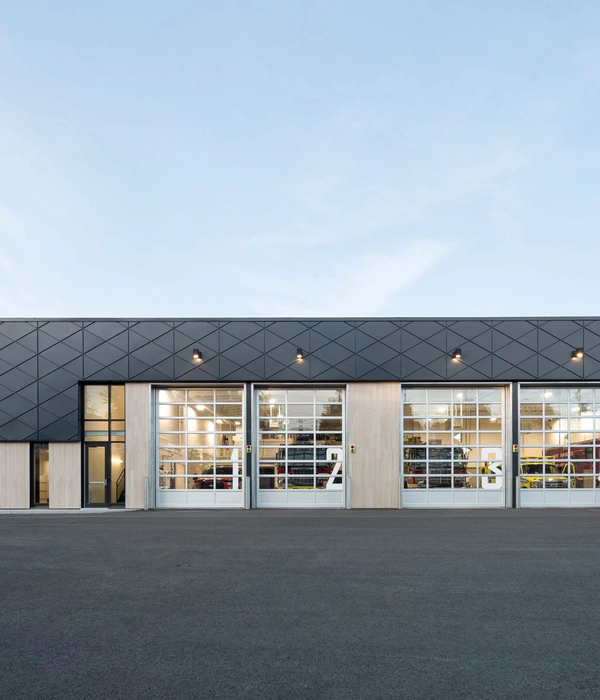
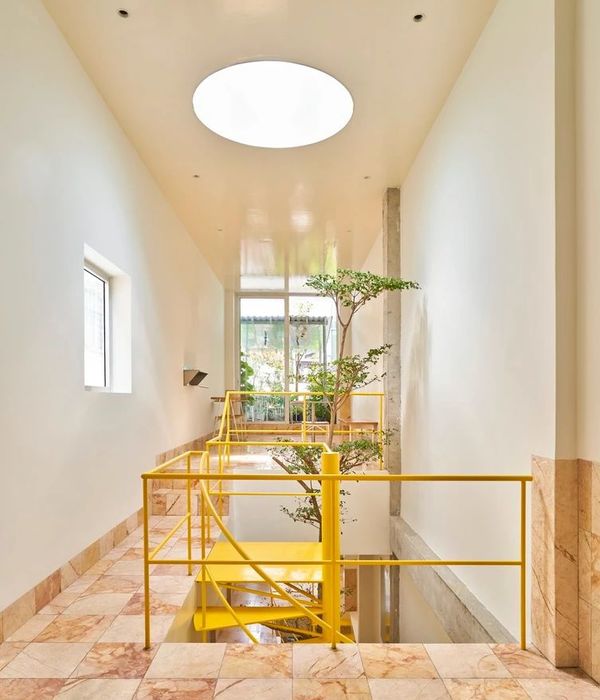
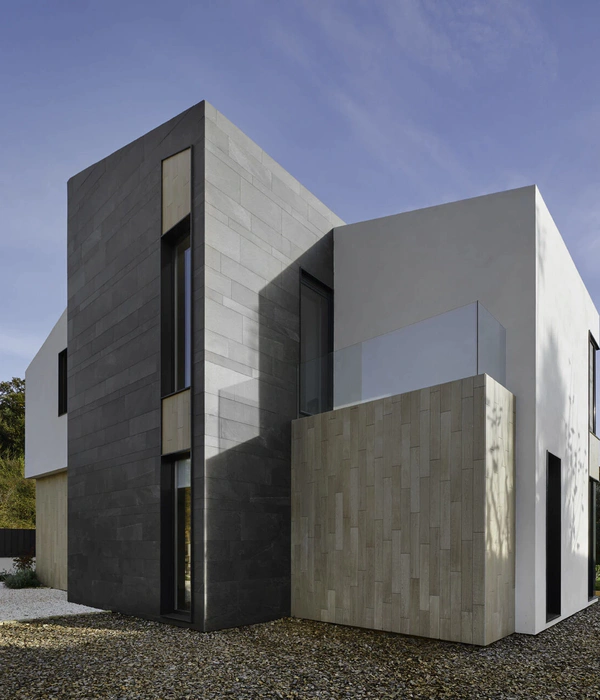

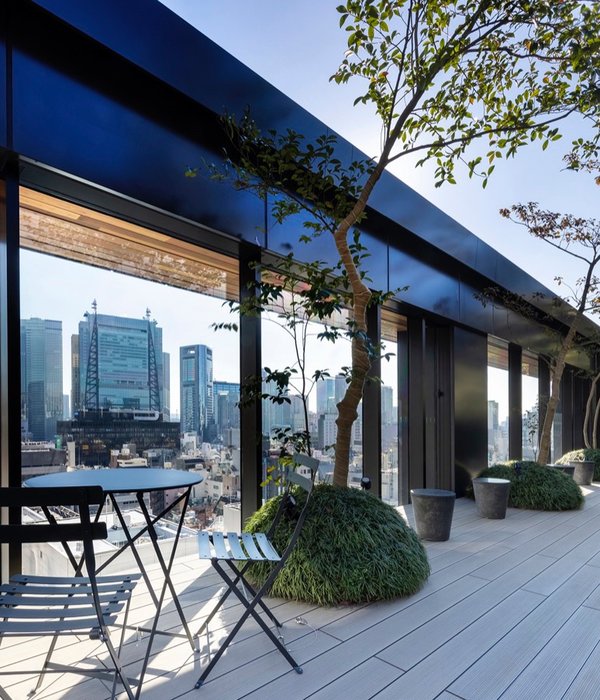
![Carlo Rossi [project] Carlo Rossi [project]](https://public.ff.cn/Uploads/Case/Img/2024-06-13/zEylSHmRfDpOnylrJzdENICKg.jpg-ff_s_1_600_700)
